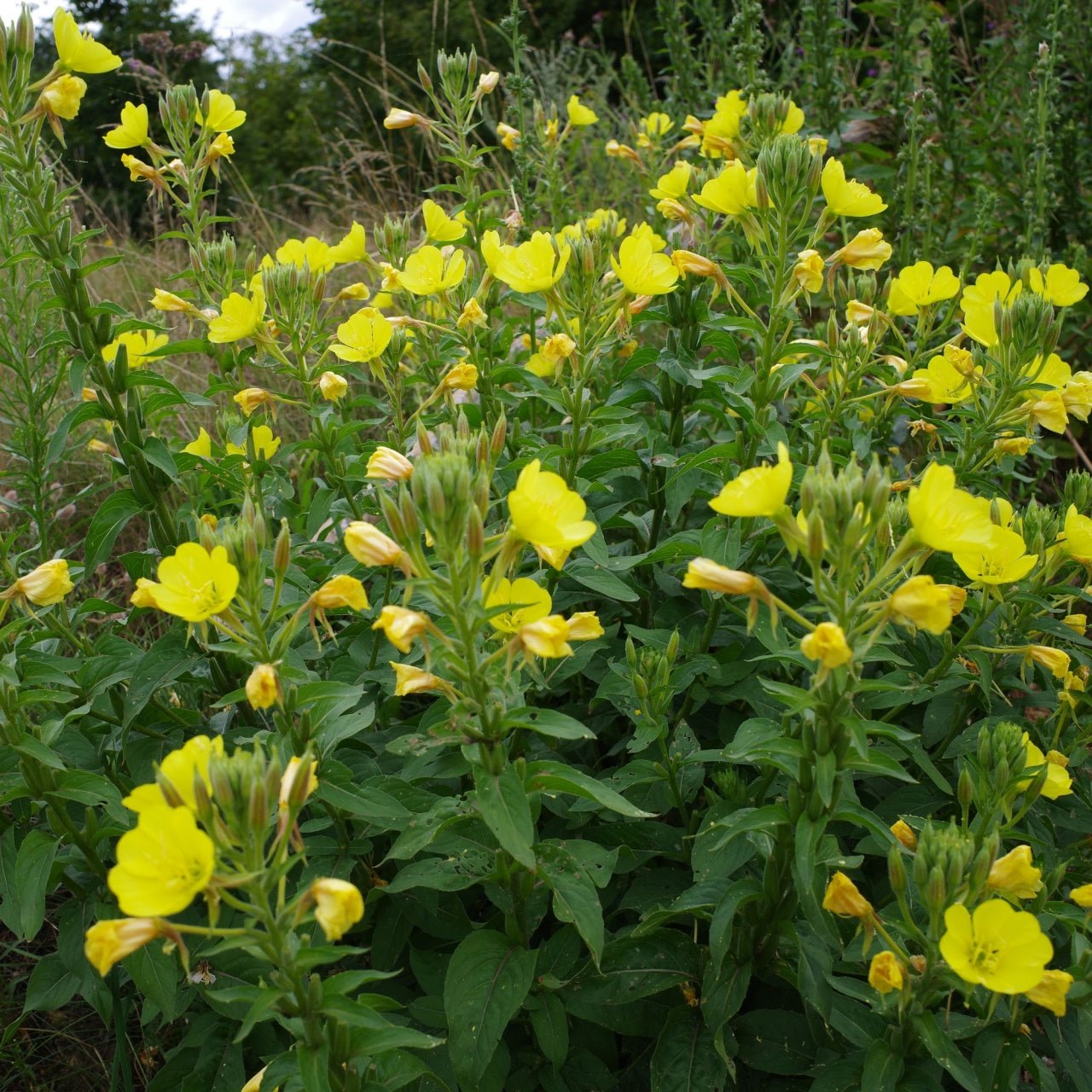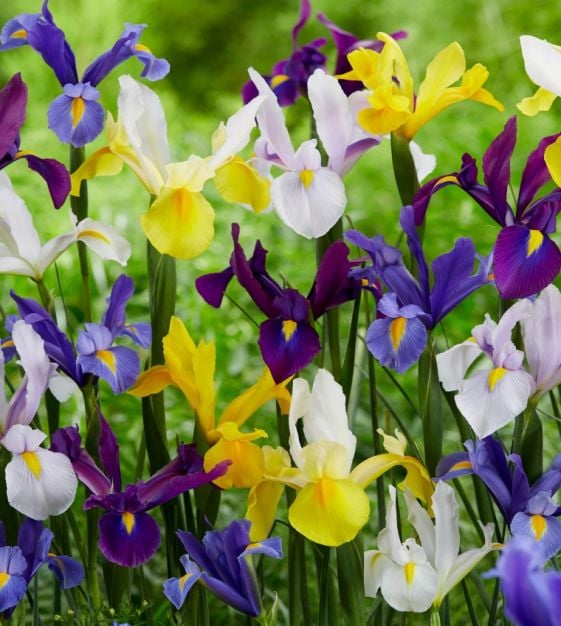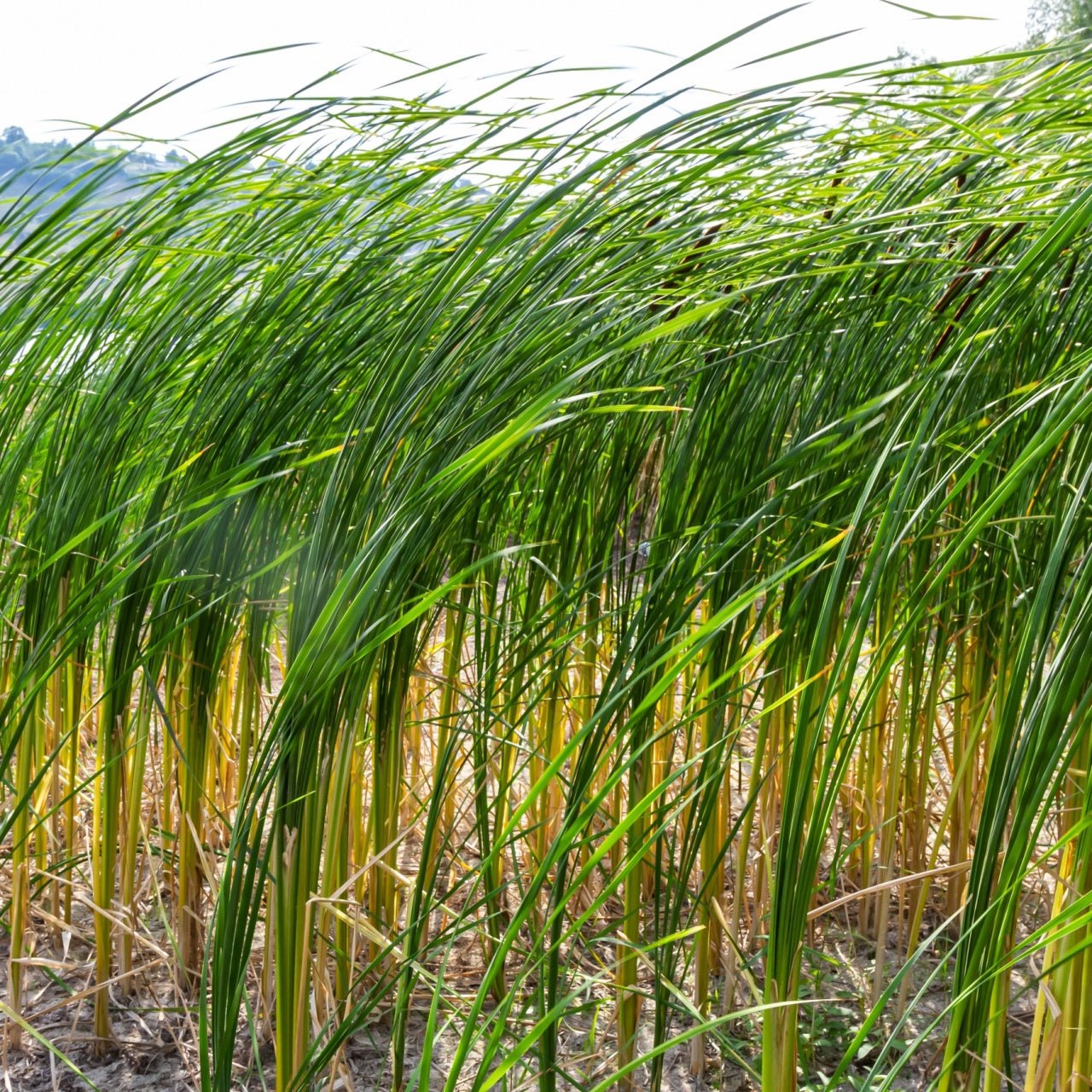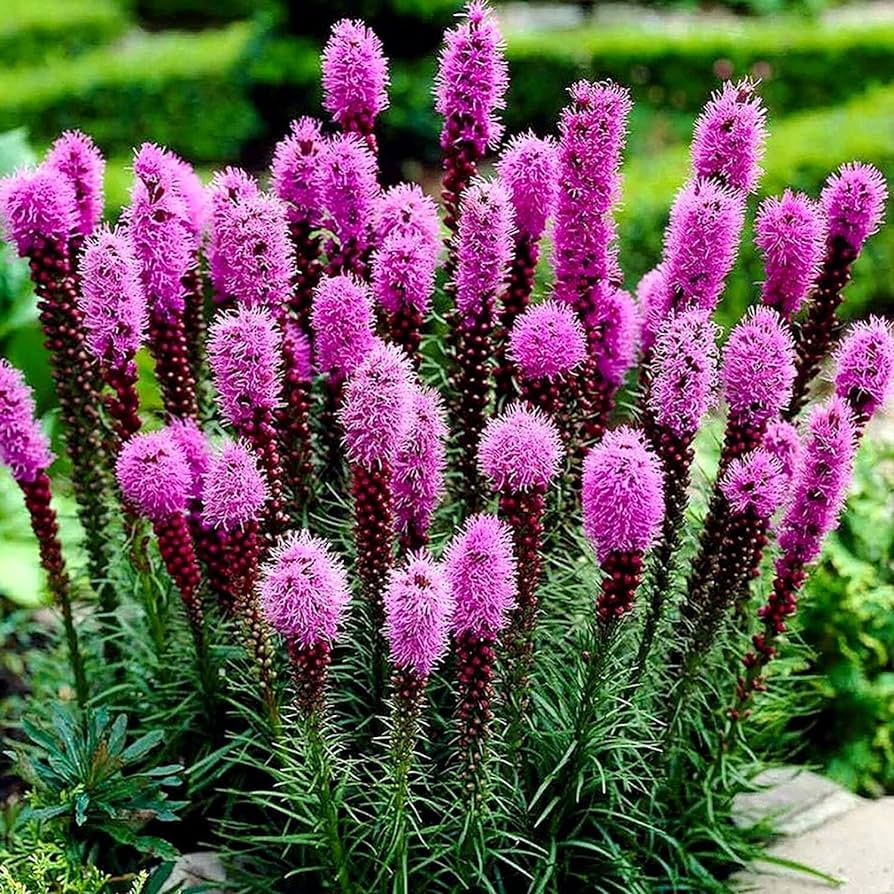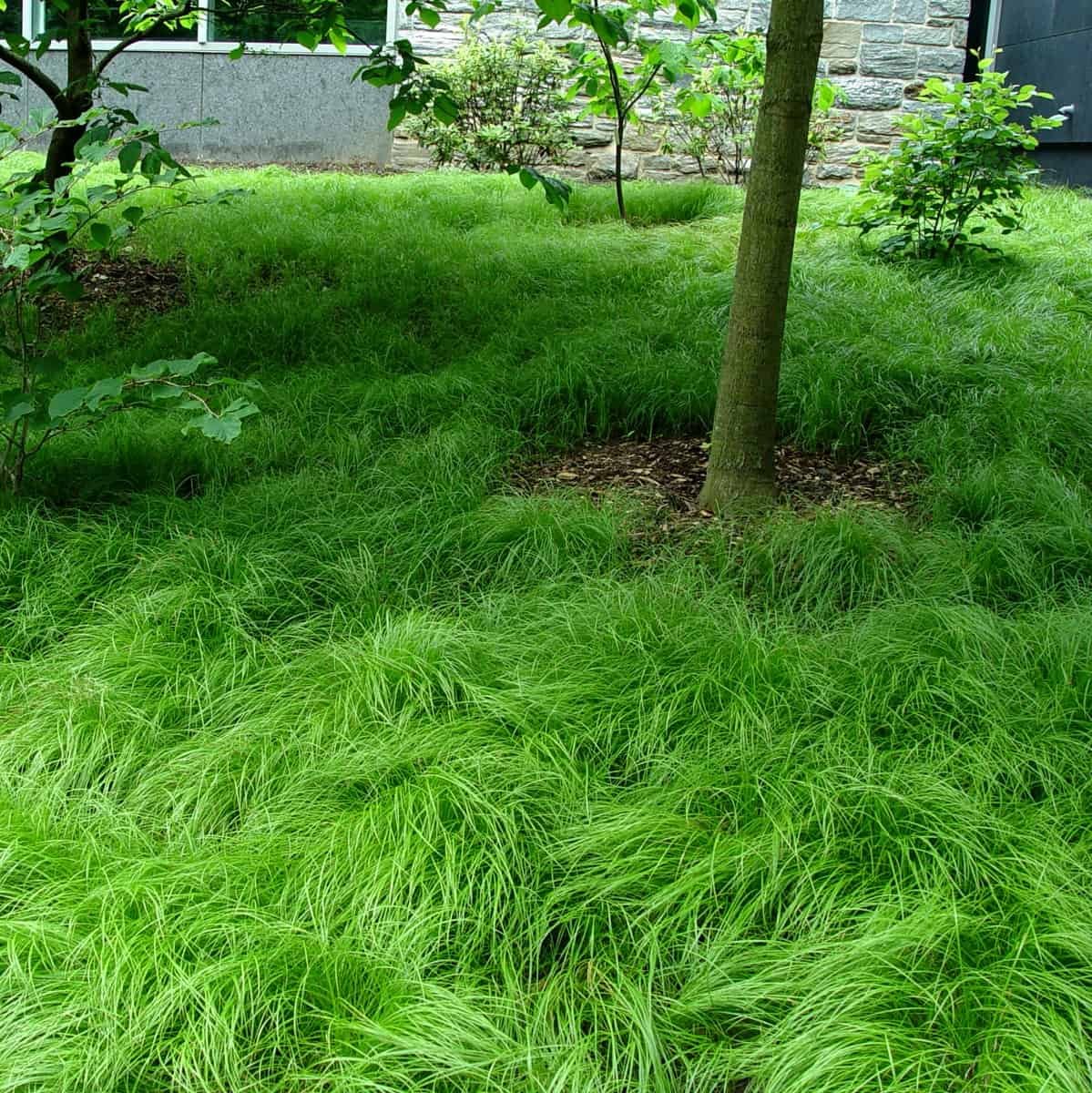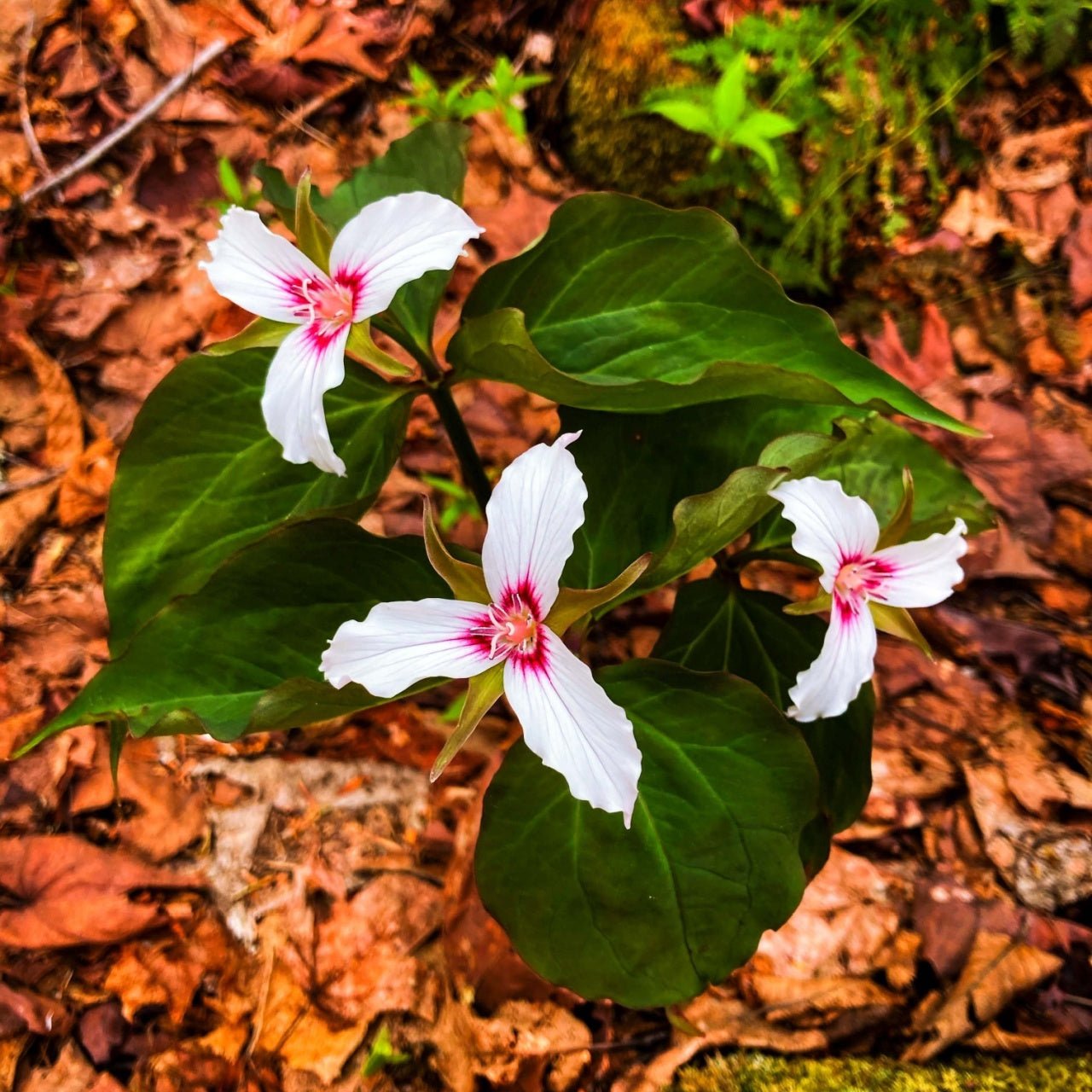Filters
Perennial Plants Offers Great Curb Appeal
Homeowners need to have great curb appeal. Even if you live in an apartment, you can decorate your balcony or the exterior of your door with beautiful perennial plants and flowers. When choosing what is best for your home, you may want bright colors, long-lasting plants, and easy-to-care-for plants.
Perennials are one of the best plants to consider for your home. They last for multiple seasons and will return every spring as long as they are cared for. You can find many bright, colorful, and beautiful plants for your yard and plant needs. Read below to learn more about some of the most colorful plants available, as TN Nursery is a leading supplier and mail-order nursery of quality plants.
Red Cardinal Flower - A Vibrant Favorite
The red Cardinal flower brings vibrant reds and crimsons for all to enjoy. It grows to 24 to 48 inches in height and spreads to about 18 to 24 inches in width at full maturity. You will enjoy these flowers during late summer and early fall, specifically in July, August, and September. The flowers have beautiful tube-like forms created by the three lower and two upper petals forming together. The leaves add more beauty in their dark green richness and lance-shaped uniqueness surrounding the flower.
These flowers grow best in full sun or a partly shaded environment. They will be beautiful close to the house where they will receive shade during certain parts of the day or even at the end of the sidewalk to give that curbside appeal. These flowers do best in a mildly alkaline or acidic formula, and they can be grown in clay, sand, loam, or virtually any type of soil making them highly versatile. You will also be able to enjoy hummingbird sightings as these flowers will draw these cute birds in to feed and flutter around the plants.
Orange Daylily - Multiplies and Reblooms in Warm Season
The Orange Daylily is a relatively small plant when considering the size of the aforementioned. It grows to about one foot in height and about two to four inches wide at its fullest maturity. The flower grows in clumps, meaning it will continue reproducing every year to create more and more Orange Daylily plants in your garden space. The flower's Latin name is Hemerocallis, which is a Greek word. This word translates to "beautiful" when considering the original Greek language, which makes sense considering this flower's beauty.
The Orange Daylily is conducive to most environments, and it can even survive in drought conditions. The flower has thick roots that can store ample water and food supplies, and it will naturally take care of itself, so it requires very little maintenance by you. Daylilies will work in any environment, meaning you could even grow them if you live in an apartment. It is important to note that due to this plant's cloning and reproducing nature, you need ample space as the plant will continue to spread out. You will continue to see blooms on your plant throughout the season to give you beauty for a long time.
Iris Plants Offer Elegance in Flower Gardens
A couple of types of Iris plants are perfect for your yard. The first is a Bearded Iris. This plant has petals that go downward and are fuzzy, giving them the appearance of a beard. They require full sun for at least six hours a day to get optimal health, and they also need water and a pH of below seven. You should divide the plant at the end of every summer at least every three or four years.
Another type of Iris, almost the opposite of the former, is the Dwarf Crested Iris. This plant does not like sunlight, and it requires ample shade to thrive. The flower also does best in a calm environment, and though it can tolerate heat, it will do better where it is cooler. It also needs soil that has been drained and is full of nutrients to receive the health it needs. You will see a beautiful light lavender color when the flower blooms from late spring to early summer every year.
Trumpet Vine - A Climbing Vine That's Super Vibrant
The trumpet vine grows quickly and can grow up to 30 to 40 feet long during one blooming season. It will also return every season, making it even longer and larger. The flowers themselves can grow up to three to four inches in length and are a variety of bright and colorful colors, including reds, yellows, and oranges. You will see the blooms in the late summer and the early fall, but the blooms will last throughout the cold weather as the plant is very tolerant.
This plant requires very little care once it has been planted in the environment that it requires. It can be grown in any soil type as long as it is getting the nutrients that it needs and if the soil can drain well. It should have some support structure to help it grow to the length and beauty it is supposed to get to. It can damage trees and houses if you allow them to grow on these structures, so be careful where you place it.
Daffodils, Known as Buttercups are Garden Beauties
Daffodils are classic flowers everyone knows and loves, with bright and beautiful yellow blooms. The flowers are relatively small, growing six to twelve inches high and six inches wide at full maturity. Though the yellow Daffodil is the most common of this plant, the flowers may also bloom in white or orange colors. The trumpet is the brightest part of the flower in the center, though the petals are pretty but paler.
Daffodils typically flower during the early spring, but they will last as long as late May or early June if taken care of by following the steps below. The soil should be fertile and nutrient-rich to feed the plant, and you should keep it as damp as possible in the spring to keep the plant saturated and healthy. Ensure the soil is drained so the floodwaters do not damage the plants more. It is important to give the Daffodil ample sunlight as well as the plant needs full sunlight with some partial shade when necessary.
Landscaping With Flowers is The #1 Garden Staple For Home Improvement Outdoors
It is essential to make the outdoors of your home as beautiful as possible to increase curb appeal and the value of your home. You can choose perennials that are brightly colored and return year to year to save you money in the long run and to increase your home's beauty.
Easy and Perfect Considerations
Consider the trumpet vine, a Daffodil, an Iris, a Daylily, or a Cardinal flower to find something unique for you and your home. You can find these plants and many more at TN Nursery, a leading supplier and mail-order nursery of quality perennials. You will be shocked at how much is readily available to you to increase your curb appeal.


